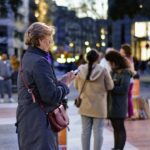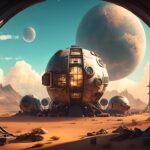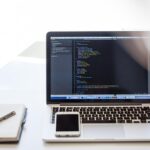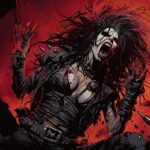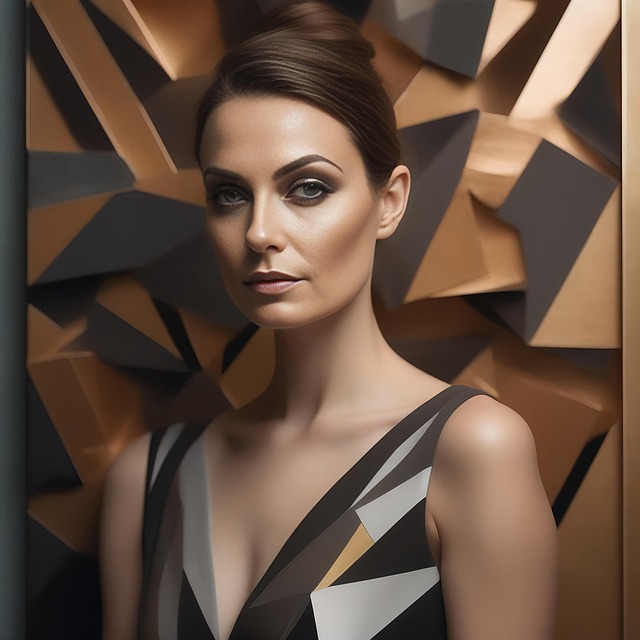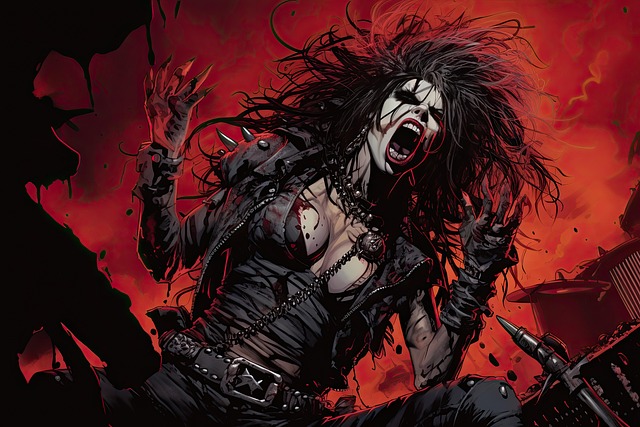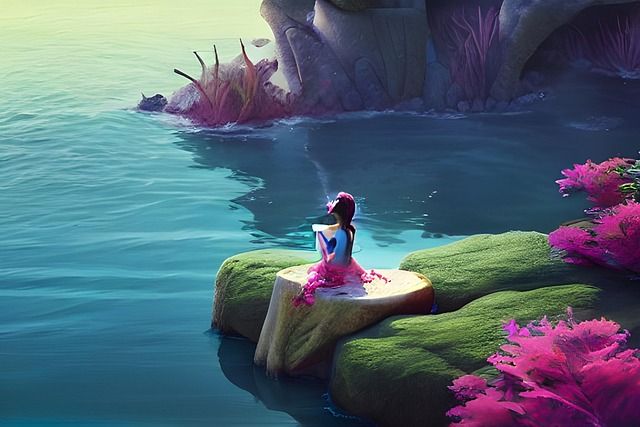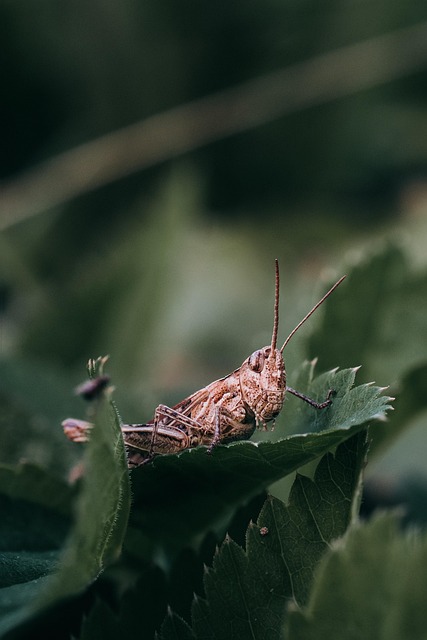# Revolutionary AI Tools Empowering Artists to Transform Their Work and Expand Their Horizons
In recent years, artificial intelligence (AI) has made significant strides, particularly in the realm of visual and digital art. Artists are increasingly using AI tools to enhance their creative processes, explore new styles, and produce work that was once unimaginable. This article delves into some of the most revolutionary AI tools for artists, including DALL·E, Midjourney, Stable Diffusion, Runway ML, and Adobe Firefly, and highlights how they are reshaping the creative landscape.
## The Rise of AI in Art
The integration of AI into the arts has opened up new avenues for creativity. Artists are no longer limited by traditional methods or tools; instead, they can leverage AI to push the boundaries of their work. Here are some key areas where AI tools are making an impact:
– **Digital Illustration**
– **Concept Art**
– **Video Generation**
– **Design Work**
### Digital Illustration: DALL·E and Midjourney
**DALL·E**, developed by OpenAI, is an AI model that generates images from textual descriptions. This tool allows artists to create unique illustrations by simply typing in prompts. For example, an artist could input “a futuristic cityscape at sunset” and receive a variety of generated images that fit this description. This capability not only saves time but also inspires artists to explore concepts they might not have considered.
Another powerful competitor in this space is **Midjourney**. This AI tool focuses on generating high-quality, artistic images based on user prompts. Midjourney has gained popularity for its ability to produce visually striking results that often resemble traditional art styles. Artists like **Karla Ortiz**, a renowned concept artist, have utilized Midjourney to brainstorm ideas and create mood boards for projects, showcasing how these AI tools can enhance the initial stages of artistic creation.
### Concept Art: Stable Diffusion
**Stable Diffusion** is another groundbreaking AI tool that enables artists to create high-resolution images from text prompts. Unlike DALL·E and Midjourney, Stable Diffusion is open-source, allowing artists to customize and fine-tune the model to suit their specific needs. This flexibility has made it a favorite among concept artists who require a high degree of control over their output.
For instance, concept artist **Giorgio Baroni** has used Stable Diffusion to generate character designs and environments for video games. By inputting detailed descriptions, he can produce multiple variations of a concept, allowing him to iterate quickly and refine his ideas. This iterative process is crucial in the fast-paced world of game development, where time and creativity must coexist.
### Video Generation: Runway ML
**Runway ML** is a platform that empowers creatives to harness AI for various applications, including video generation. With tools for video editing, motion tracking, and even generating entirely new video content, Runway ML is a game-changer for filmmakers and animators.
For example, filmmaker **Michele T.** used Runway ML to create a short film that blends live-action footage with AI-generated visuals. By utilizing the platform’s capabilities, she was able to experiment with surreal effects and transitions that would have been challenging to achieve through traditional methods. This fusion of AI and human creativity exemplifies how generative art tools can expand the horizons of storytelling.
### Design Work: Adobe Firefly
Adobe has entered the AI space with **Adobe Firefly**, a suite of generative AI tools designed to assist designers in creating stunning visuals. Firefly offers features such as text-to-image generation, style transfer, and pattern creation, making it an invaluable resource for graphic designers and marketers.
For instance, graphic designer **Emma R.** utilized Adobe Firefly to generate unique branding assets for a client. By inputting specific keywords related to the brand’s identity, she was able to produce a range of logos and graphics that aligned with the client’s vision. This not only streamlined her design process but also allowed her to present multiple options to her client in a fraction of the time it would have taken using traditional design methods.
## The Benefits of AI Tools for Artists
The advent of AI tools for artists has brought about several key benefits:
– **Enhanced Creativity**: AI can suggest ideas and styles that artists may not have considered, leading to fresh and innovative work.
– **Time Efficiency**: By automating repetitive tasks, artists can focus more on the creative aspects of their work.
– **Accessibility**: Many AI tools are user-friendly, allowing even those with minimal technical skills to create impressive artwork.
– **Collaboration**: Artists can use AI tools as collaborative partners, enhancing their creative process rather than replacing it.
## Real Examples of Artists Using AI
– **Refik Anadol**, a media artist and director, has utilized AI to create immersive installations that blend art and technology. His work often incorporates data-driven algorithms to generate stunning visual displays.
– **Anna Ridler**, an artist and researcher, uses AI to explore themes of identity and memory in her work. By training models on her own datasets, she creates unique pieces that challenge the viewer’s perception of AI-generated art.
## The Future of AI in Creative Fields
As AI tools continue to evolve, their impact on the creative industries is likely to grow. The future may hold even more sophisticated AI models capable of understanding and interpreting artistic intent, leading to deeper collaborations between humans and machines.
Artists will increasingly embrace AI as a vital part of their creative toolkit, allowing them to explore new styles, mediums, and concepts. The potential for generative art tools to democratize creativity is immense, enabling individuals from various backgrounds to express themselves through art.
### Conclusion
AI tools for artists are revolutionizing the world of visual and digital art, offering new ways to create, collaborate, and innovate. With platforms like DALL·E, Midjourney, Stable Diffusion, Runway ML, and Adobe Firefly, artists can expand their horizons and push the boundaries of their work. As these technologies continue to advance, the intersection of AI and art will undoubtedly lead to exciting developments, inspiring a new generation of creatives to explore the limitless possibilities of generative art tools.
By embracing AI, artists are not just transforming their work; they are redefining the future of creativity itself.

